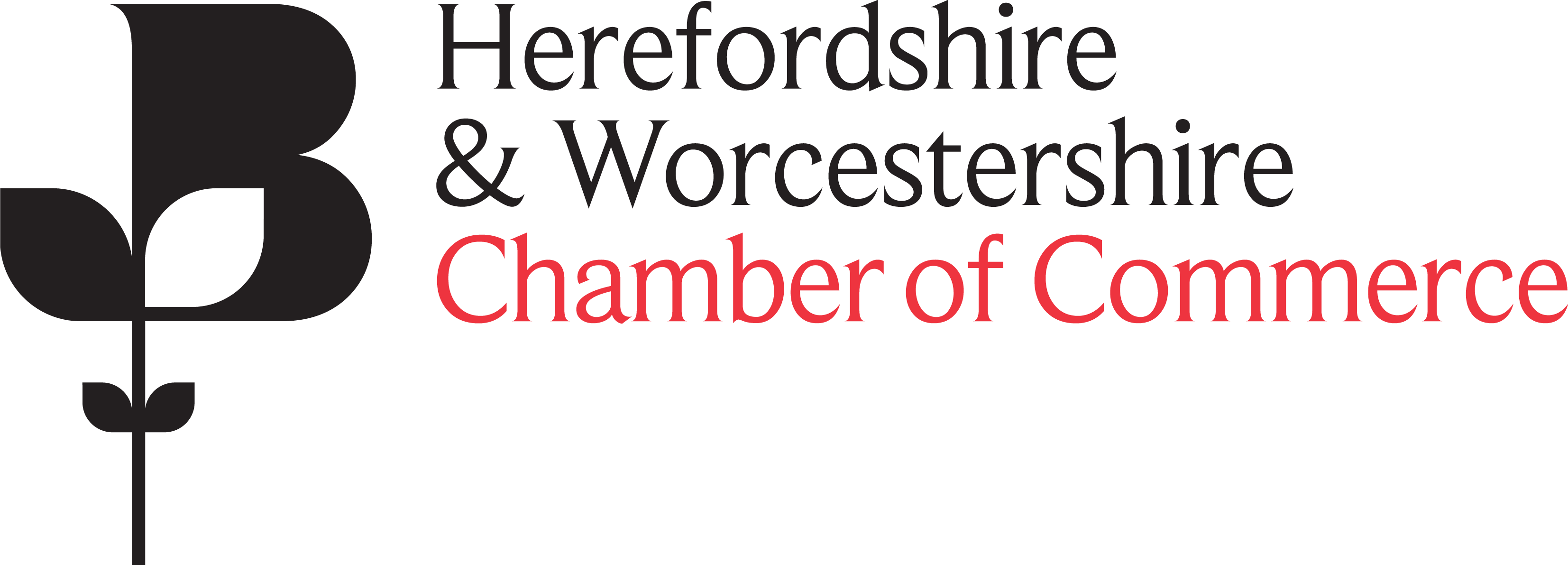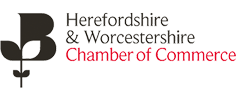Whatever inventory system you use, it should be trusted to give accurate quantities per product line, and a stock value. This has a number of uses, one is to maintain adequate levels of available units to meet current sales orders and anticipated demand into the future when replenishment arrives(https://www.greenfulfilment.co.uk/stock-control-and-inventory-management/). This has a direct impact on marketing as there is no point in confirming an order unless you are able to deliver the items within an agreed time frame. This problem could be solved by keeping plenty of everything, that way all items are available all of the time. Although this may be great for customer satisfaction, it does tie up a lot of cash as you need to buy all the products’ in advance from your supplier, or as in the case of Manufacturing, you need everything pre-built in time.
That cost money and increases risk to the business. What happens if the stock just doesn’t move? In the fashion industry this is a persistent problem, as the items, will do the job (i.e. Keep you warm) but that style simply is no longer popular. All that money spent on purchasing goods for resale will just be sitting there and not being put to good use. This is called opportunity cost as the cash tied up in goods could have been used for another purpose. In those circumstances you can only discount unmoved stock in the hope of getting the customer to buy it. Otherwise you would have to write the stock off, basically to destroy it, as it costs money to store and the space could be used for another faster moving product. You take the hit and make a loss on that investment. Stock is considered to be a current asset. Like buildings or equipment, these are harder to convert to cash in a hurry. You have to plan a sale, find a buyer, negotiate a deal, which all takes time. Liquid assets, on the other hand, are positive bank accounts, investments, debtors all if which can be converted into cash. Why is this important? Because if you need to pay down debts in a hurry you have the means to do so. If you look at the balance sheet of sometimes quite healthy companies, that have gone bankrupt, just look at the figure in the fixed asset column compared to current assets, and it significantly higher than that will tell you the reason. Cash is king and holding too much stock can dethrone a business.
On the other side of the coin, keeping stock at a bare minimum will mean inability to meet customer demand. This not only means delays in getting goods to clients but could mean loss of customer loyalty. If a client needs an item, regardless of price, then they will go to one of your competitors. If they can deliver that in time, then they will switch loyalties as they would appreciate the quality of service more than sometimes the price. That means you haven’t just lost that sale but all future sales from that customer. Either way, you could lose money from buying too much product or not enough. All of that means a balanced approach between measuring a potential risk against opportunity.


